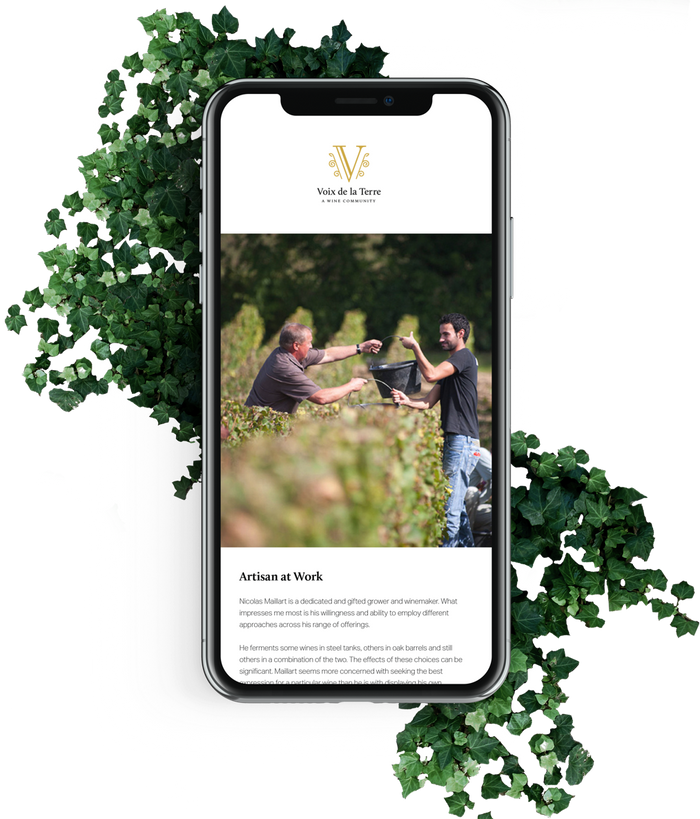
Many Americans cut their teeth on California wines. In time they expand their repertoire to include other new world wines like Australia and South America. What these wines have in common is ripe fruit and relatively high levels of alcohol resulting from the warm climates. They are forward wines - I would argue more obvious and easy to understand. They can impress on their own but with a meal, you better eat bigger food.
Eventually, many folks discover that old world wines from cooler climates like France, Germany, Italy and Spain are different - more subtle, fresher and more enjoyable with a variety of foods. Thus, the saying in the wine world: All palates lead to Burgundy, meaning an appreciation of the remarkable subtlety yet complexity of these wines can take years of drinking to appreciate.
I know many who have made that journey but then found it was not their last stop ... because then they found Champagne.
Last year, the US surpassed Great Britain as the top buying country of Champagne. Yet the French, who consume less wine in general than Americans, drink 3.5x more Champagne. This is because US consumers insist on regarding Champagne as a special occasion drink. That is why half or more of the sales of bubbly here is just before the year end holidays. The most famous Champagne houses are partly to blame as they have marketed their product as a luxury good as much if not more than as wine.
Unfortunate, because the effervescence and acidity make Champagne a great food pairing wine. Both qualities help tame spicy, rich or fried foods beautifully. And as the body of the wine increases and it gets some age, different meal options emerge. Before the warm weather ends, grill up a rare steak and serve it with fried potatoes, some fresh corn and Maillart’s 2011 Les Chaillots. Love it or not, it will change the way you think about Champagne.
And change is what we need. Ditch the flutes. This is wine not a short stem rose. And don’t even think about coupes unless you’re Fred Astaire. You need a proper bowl to appreciate the aromas and the mousse (fine stream of bubbles). Next, pop a bottle with dinner on a Tuesday night. I bet it goes well with whatever you eat.
This is some of the best wine in the world. Let’s take it down from the vaunted perch we placed it on generations ago and start thinking about enjoying Champagne as wine.
What do you think?



